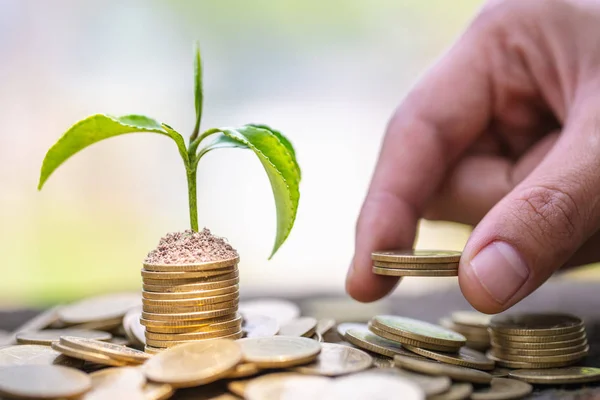The time to balance investments in equity and debt
 6 min read
6 min read

The inclination to save existing resources in view of the uncertain nature of the future and associated risks is inherent in human nature.
It is very natural for anyone to have a desire to save because everyone wants to secure themselves. Along with this, individuals also focus on their development and better performance.
The current economic environment, investor preferences, global economy, and successive developments have created a challenging environment for investors. Even more risky is the desire to save despite having nothing, as inflation gradually eats away at your savings.
This means that saving is an important element for achieving financial independence. However, there is only half truth in this statement. If you adopt a scientific perspective for investing, you will reap its benefits as desired. Put simply, it is essential to start investing early, have knowledge of goals, invest regularly, and plan carefully.
A case study tracked the performance of different asset classes over 31 years and found that the compounded annual growth rate (CAGR) of the equity market remained at 16 percent. During this period, investments in gold, fixed deposits yielded returns of 9-10 percent and 8-10 percent respectively. What we are saying is quite simple. Equity as an asset class yields better returns compared to other options.
However, the consistency and stability associated with debt investment make it an important asset class. Debt assets are essential for achieving investment goals. It is also important that investment should be started as soon as possible with a plan. There are two reasons for this. Firstly, it puts the investor in a position to take more risks and secondly, it yields better returns over a longer period.
Additionally, an investment plan also provides ways for investors to control their portfolios. This assists in determining various factors of investment such as capital allocation, asset allocation, defining time horizon, capacity for risk-taking, etc., so that investment objectives can be easily achieved. Considering the current scenario, fluctuations in oil prices and changes in policies by the RBI have already been incorporated into debt funds. For example, the changing economic situation has delayed the inevitable cuts in interest rates. However, in the last 12 months, there has been a decrease of about 23 percent in the value of the rupee compared to the dollar. This has made the import of crucial commodities like oil expensive. Consequently, pressure on the economy due to inflation will increase. In view of the current scenario, the RBI may wait for the oil prices to decrease before taking steps in this regard. It is expected that the yield curve will remain within the defined range in the coming months. At this time, there is a possibility of RBI intervention in the foreign currency market. Strict measures can also be taken, which may result in a decrease in yield at the end of the curve. Moreover, due to the advance tax outflow, the curve may trend upwards in a short period. In such a situation, the performance of the debt market will remain within a range in the coming months. Looking at it from the perspective of equity, there is hope that the growth rate will remain around seven percent in the financial year 2013. Concerns are being raised that the impact on the stock market may be felt due to the current challenges. This is why, due to the fluctuations in the economic sphere, it can also move downwards. However, the market earning and earning growth outlook can be positive. For example, the European Union's efforts to revitalize its economy and efforts to keep countries together offer hope to global markets. Along with this, efforts to reduce the current account deficit and maintain the value of the rupee can also have an impact on the stock market.
Consequently, there may be changes in the entire economic landscape, which may lead to hopes of improvement in the market once again.
 6 min read
6 min read













